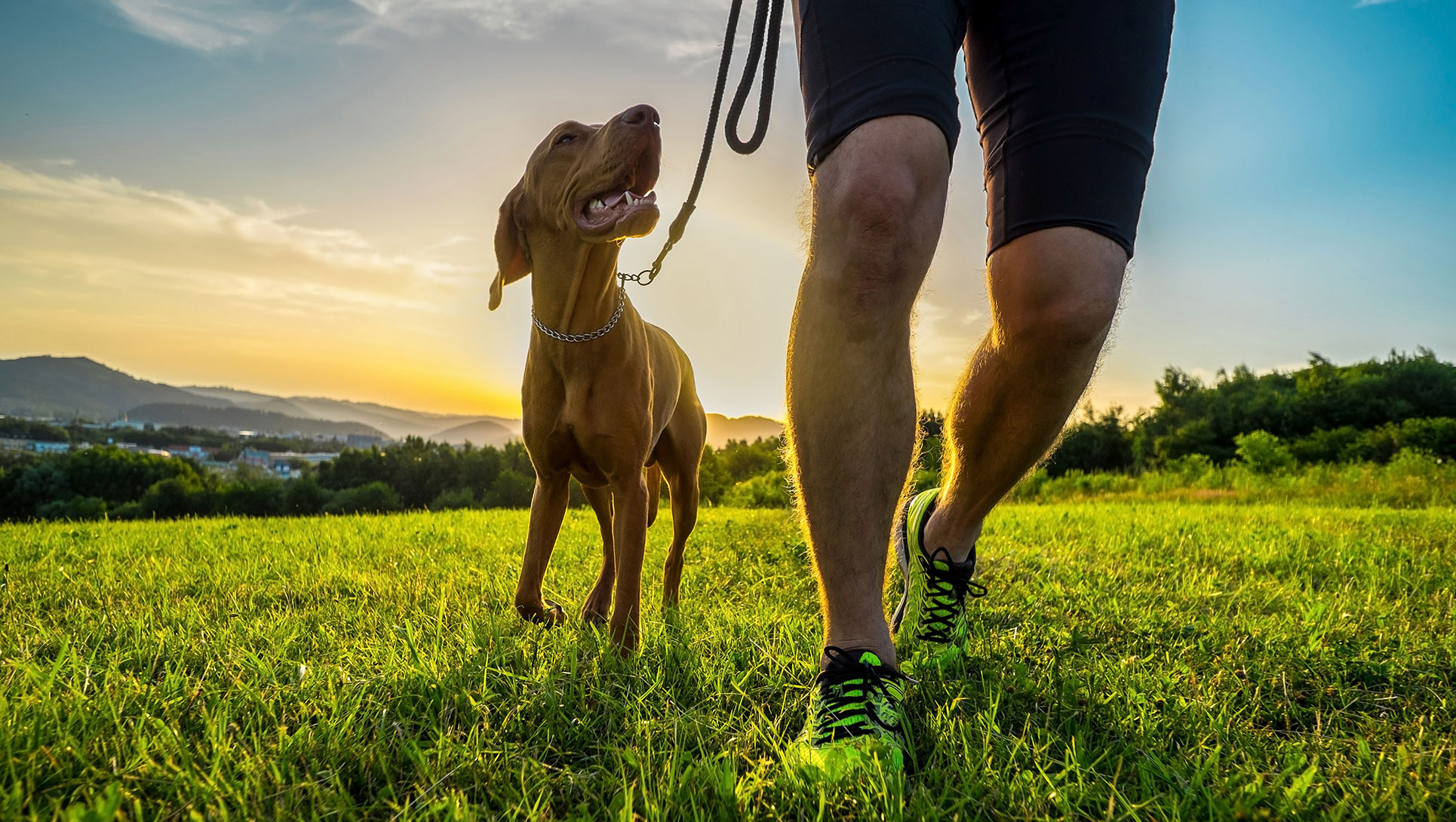Beginner's Guide to Effective Canine Training in the house
Effectively training a canine in the house needs a nuanced understanding of canine actions and reliable interaction strategies. Developing clear training goals, making use of premium rewards, and keeping consistency across household participants are crucial components. Incorporating training into day-to-day regimens can enhance both interaction and retention. Lots of beginner trainers come across difficulties that might hinder development. To navigate these complexities effectively, it's important to explore a number of crucial facets that can transform your technique and lead to a harmonious relationship with your pet dog. What essential principles should every novice grip to make sure success?
Understanding Pet Behavior
Comprehending pet actions is important for efficient training and cultivating a harmonious partnership between human beings and their canine friends - Puppy Training. Dogs connect largely via body language, articulations, and faces, making it essential for proprietors to translate these signals precisely. Identifying habits such as tail wagging, grumbling, or cring can give understandings right into a canine's mood and objectives
Furthermore, comprehending the natural instincts of canines, such as their pack mindset, aids proprietors establish management duties within the house. This is essential for creating an organized setting where pets feel safe and are a lot more responsive to training. Pet dogs are also influenced by their socialization experiences; very early direct exposure to different environments, people, and other pets can dramatically shape their behavior later in life.
Typical behavior issues, such as hostility, anxiety, or too much barking, typically stem from misunderstandings or unmet requirements. Observing and resolving these concerns immediately can protect against escalation and make sure a favorable training experience. By promoting a deep understanding of canine behavior, proprietors can tailor their training techniques to fit their canine companions, ultimately leading to a mannerly and satisfied pet.

Important Educating Tools
A well-appointed training area can significantly boost the performance of dog training at home. Vital training devices ensure that both the trainer and the pet dog can participate in productive sessions that cultivate discovering and bonding.

Spending in a tough leash and a comfortable, well-fitting collar or harness is important for safety and control. These tools help establish limits and guarantee the canine remains safe and secure throughout training. In addition, an assigned training location, devoid of interruptions, help concentration for both the pet and the fitness instructor.
Educating aids such as training pads, cones, or dexterity equipment can likewise boost the experience by introducing range and difficulties. Having a note pad or electronic application for tracking progress can be very useful, allowing you to note successes and areas for renovation. Utilizing these crucial tools will certainly create a favorable training atmosphere and lay the structure for effective understanding.
Creating a Training Routine
Developing a consistent training routine is vital for efficient canine training in your home. A well-structured regular not just aids in enhancing wanted habits but likewise offers your pet with a feeling of protection and predictability. To create an efficient training regular, begin by recognizing specific description training goals, such as standard commands, leash walking, or housebreaking.
Pick a designated time each day for training sessions, ideally when your pet dog is alert and responsive. Procedure should be short, roughly 5 to 15 mins, to keep focus and stop exhaustion. Uniformity in timing and atmosphere will certainly boost your pet dog's learning experience.
Include training into everyday activities to reinforce skills. Method commands throughout walks or nourishment, which incorporates discovering right into all-natural regimens. In addition, continue to be flexible and change the routine as required, fitting your pet dog's energy degrees and mood.
Positive Support Methods

When executing favorable support, it is vital to pick incentives that are inspiring for your pet dog. High-value treats, such as little items of poultry or cheese, can be particularly reliable during training sessions. Furthermore, differing the benefits can keep your pet dog's passion and enthusiasm.
Start with easy commands, like "rest" or "stay," and progressively progression to a lot more complicated tasks. Consistency is crucial; ensure that all member of the family utilize the same commands and incentive systems to avoid confusion.
Additionally, it is essential to remain person and prevent aggravation. Dogs, like human beings, find out at their very own pace. By promoting a supportive training atmosphere with favorable support, you can improve your dog's discovering experience while enhancing the bond between you and your hairy buddy, preparing for successful training results.
Usual Training Obstacles
While training a canine at home can be a rewarding experience, it often features a set of typical difficulties that can check both patience and consistency. One common problem is disturbance. Canines might end up being conveniently averted by sounds, motions, and even scents in their setting, making it challenging to preserve their focus throughout training sessions.
One more challenge is disparity in commands and reinforcement. It can confuse the pet and hinder progress if household members use different hints or rewards. Establishing a unified technique is crucial for reliable interaction.
Additionally, canines can experience disappointment or internet stress, specifically if they do not comprehend what is expected of them. This can bring about unwanted habits, such as eating or barking.
Ultimately, the timing of support is critical. Delayed benefits can decrease the efficiency of favorable support, as canines may stop working to attach the actions with the reward.
Overcoming these obstacles calls for commitment, clear communication, and a structured training strategy - Puppy Training. Identifying and resolving these usual obstacles will certainly lead the way for a more successful and satisfying training experience at home
Conclusion
In final thought, effective dog training at home requires an extensive understanding of canine behavior and efficient communication approaches. By developing clear training objectives and making use of top quality treats alongside favorable reinforcement, the training procedure ends up being much more rewarding for both the canine and the instructor. Perseverance, uniformity, and adaptability are necessary parts that help with learning. Inevitably, incorporating training into daily routines improves the bond in between canine and proprietor, making the experience both effective and pleasurable.
Developing a constant training routine is essential for effective canine training at home.Favorable support techniques are essential to effective pet training, promoting desired habits through incentives instead than penalty. By cultivating an encouraging training setting with favorable support, you can boost your canine's knowing experience while reinforcing the bond between you and useful source your fuzzy buddy, laying the groundwork for effective training end results.
In conclusion, successful pet dog training at home necessitates an extensive understanding of canine behavior and effective interaction techniques. By developing clear training goals and making use of top quality deals with together with favorable support, the training process comes to be much more gratifying for both the pet and the instructor.